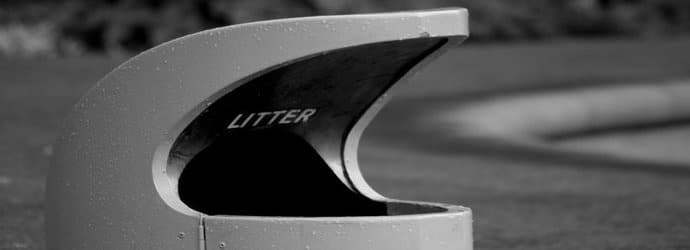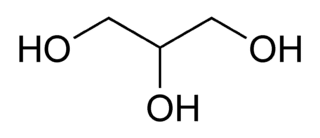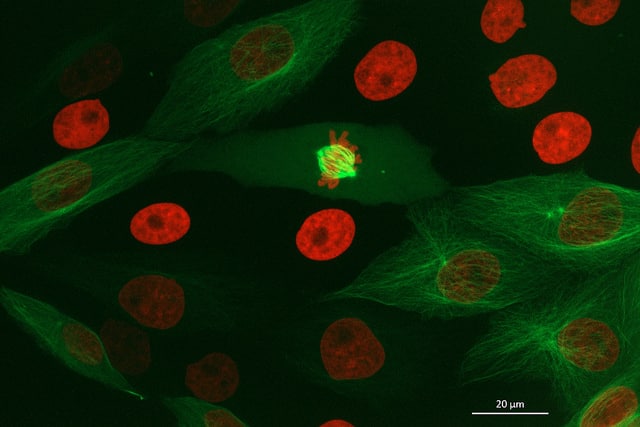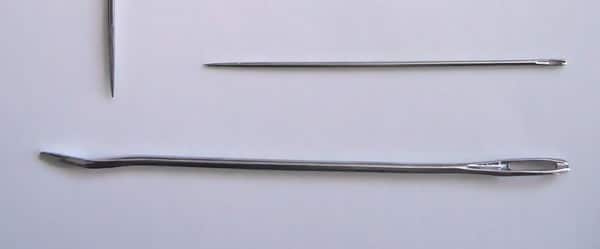We’re already gone through the basics of how gel electrophoresis work, compared common gel types like agarose and polyacrylamide and even explored some alternatives. Now let’s look at the native versus denaturing gels. You’ll be a speGEList in no time!
Denaturing Gels
We’ll start with this one, as it’s very self-explanatory. Denaturing gels are exactly what it says on the label: they denature your DNA/RNA or protein to create a string of nucleic acids or amino acids, respectively. Urea is usually used to denature DNA or RNA, and SDS-PAGE is usually used for proteins. DMSO and glyoxal can also be used to denature RNAs.
Native Gels
Oh how nice! This type of gel is also helpfully named. Native gels run the macromolecules the way they were born with no disruption to their structure.
What are the implications of this difference?
Since denaturing gels are running DNA, RNA, and proteins that have been denatured into strings, the speed that these macromolecules move through a gel depends on their molecular mass and intrinsic charge only. With some small modifications (i.e., coating your strings in negative charges), you can make this dependent on molecular mass only. In contrast, in native gels, the overall bulk or cross-sectional area of the macromolecule is also a factor. Native gels are simpler and cheaper to run, so where possible they should be your go-to gel type.
So how do I know which to use?
| When to use a native gel | When to use a denaturing gel |
|---|---|
| If you do not want to disrupt the secondary structure of your sequence, e.g., isolating enzymes. | If you’re running a western blot |
| If you would like to know what hierarchical state your sample is in, e.g., circular or linear DNA. | To establish the purity of a sample |
| If you need to separate your macromolecules based on their mass and overall bulk. | To prepare for protein sequencing |
| To study binding in proteins | To tease apart and isolate the macromolecules that bound together to form a quaternary structure |
| If you need to separate your macromolecules based only on their mass |
There you have it! Some more aGELess wisdom that was hopefully larGELy easy to follow and as bitesize as a baGEL!







